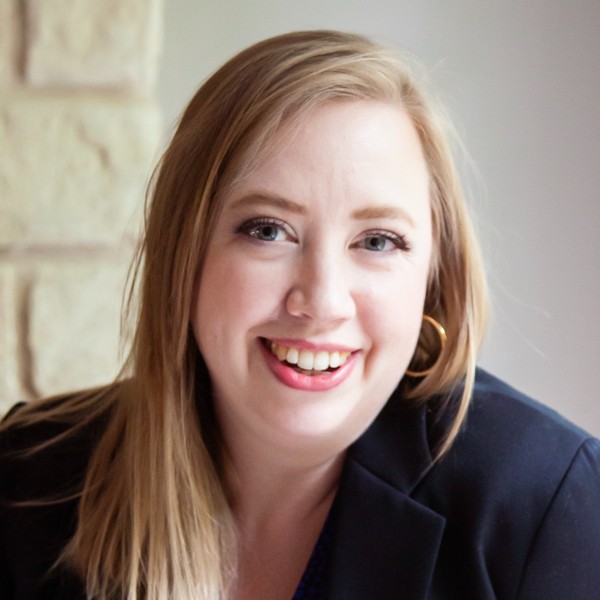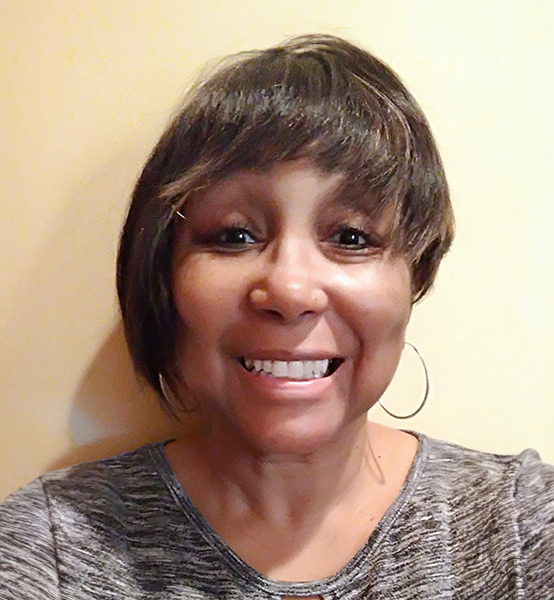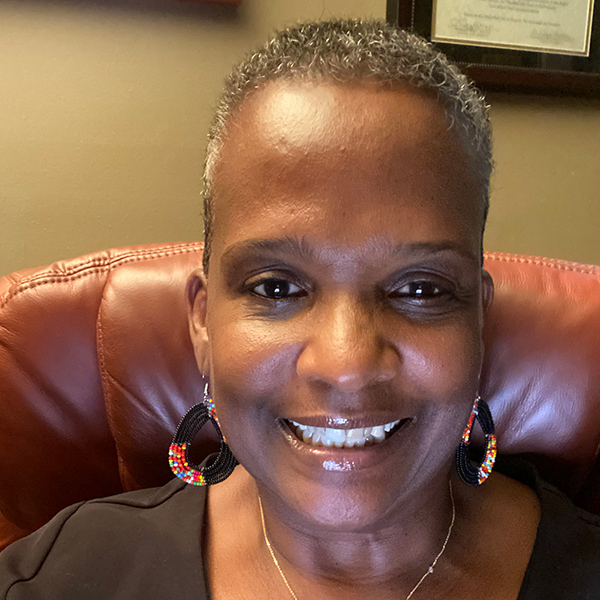The second of two posts on where people turn for emotional support. Penny Edgell introduced the topic last week in the post here.
To understand how religious support fits with other aspects of individuals’ lives, we performed a 2-step analysis. First, we used a statistical technique called latent class analysis that can analyze patterns of responses across survey questions; using this technique, we could understand how religious sources of emotional support were combined with other sources into an overall profile of emotional support. Then, we used a different statistical analysis technique, logistical regression, to predict what kinds of people are likely to have what kind of emotional support profile. There are a few findings from these analyses that I would like to highlight here:
• Some people “specialize” in religiously-based emotional support. About 30% of our sample get their support primarily from three sources: their spouse (if they have one), their friends from church, and their religious leader.
• Other people “specialize” in secular sources of emotional support – support from their spouse (if they have one), parents, and neighbors are particularly important for this 24% of our sample.
• Some people are “generalists” who draw on all the available sources of emotional support we asked about on a regular basis. Generalists are about 26% of our sample.
• A fourth group has very limited emotional support; this 20% of our sample say it is far less likely that they would go to any of the sources we named if a problem were bothering them.
As one would expect from previous research, family status and gender matter when it comes to finding emotionally supportive connections in local churches – women, married people, and parents of small children are the most likely to name their church friends and pastors as likely sources of emotional support; single and childless people are more likely to draw on secular sources or to report very few sources of emotional support. Catholics are more likely to draw on secular sources of support (neighbors and family) and less likely to draw on religious sources, even when controlling for church attendance.
Race also matters when it comes to finding and forging emotionally supportive connections in the local church. African-American respondents, in our sample, were more likely than whites to say that they would turn to church-based friends or to their pastor for emotional support. Moreover, White respondents were more likely to be generalists, drawing on a range of supportive connections. African-Americans were more likely to either draw on church-based emotional support or to report fewer and more limited sources of emotional support.
This research-in-progress suggests that we be cautious in our assumptions about what “all churches are like” or “what all churches do” for their members. Congregations do foster sustained face-to-face interaction and for many, this leads to the development of rich, emotionally supportive connections – the kinds of connections that are linked to well-being. But that kind of bonding, and the capital it generates, is influenced by how well one fits with the core imperatives of congregational life (including the moral socialization of children and the sacralization of marriage and parenting relationships). It is also shaped by history, for example, by the particular role that churches have played in the African-American community.
Religious leaders can (and will!) decide for themselves whether this kind of bonding is something they want to encourage as a congregational priority or whether they have a different local ecclesiology (or congregational model) that makes such bonding less of an imperative. But for those who want to encourage emotional bonding as part of the congregational mission, it is worth understanding that it does not “come naturally,” and that some people are less likely than others to be drawn into the circle of support.
Penny Edgell is a professor of sociology at the University of Minnesota.













